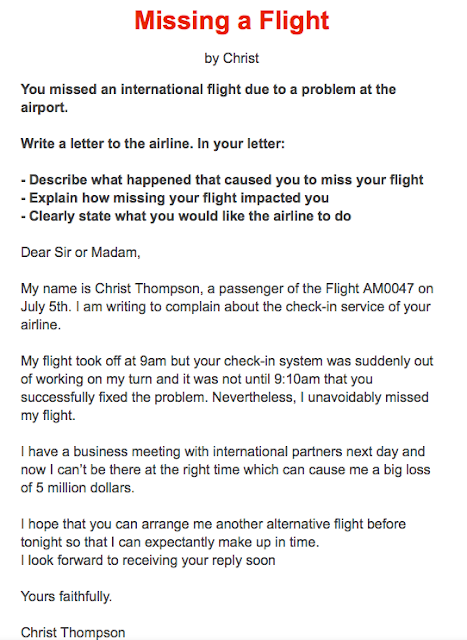TestNG Annotations and its uses
In this article we will go through some TestNG Annotations and their uses.
TestNG Annotations and its uses
- @BeforeSuite
- @BeforeTest
- @BeforeClass
- @BeforeMethod
- @Test
- @AfterMethod
- @AfterClass
- @AfterTest
- @AfterSuite
- @Guice
- @Parameters
- Added in testng.xml file with parameters and value tag after suite/ test tag.
- Parameters defined at suite level will be applicable for all the tests by default
- Parameters defined at test level will override the parameters defined at suite level.
- Not suitable for large scale applications
- @DataProvider
- DataProvider is called in the test method with the name.
- Uses external datasource to import the data.
- If no DataProvider name is provided, it takes class name by default.
TestNG keywords for Test Method
- priority
- Can be -ve
- Default priority is 0.
- If priority is not mentioned, the sequence of the execution will be based upon the alphabetical order of methods.
- Only supports @Test method
- enabled
- Can be either true or false
- If defined as false, test method is skipped.
- invocationCount
- Number of times you want to execute a test method.
- invocationTimeOut
- Time period is defined for a certain method.
- throw new SkipException("message")
- Includes a method in skip count. Total TCs will showcase skip methods.
- groups
- Logically group the test cases
- testng.xml has to be changed accordingly
- A test method can be part of multiple groups.
- Contains include and exclude keywords for the test methods.
- Whatever name is defined in run tag gets executed.
- Groups can be grouped together by using define keyword
- Structure of testxng.xml is
<suite name = "Sample Suite">
<test name = "Sample test">
<groups>
<run>
<include name ="group1"></include>
<include name="group2"></include>
</run>
</groups>
<classes>
<class name="PackageName.ClassName"></class>
<classes>
</test>
</suite>
<suite name = "Sample Suite">
<test name = "Sample test">
<groups>
<define name = " ExecuteAllGroups>
<include name ="group1"></include>
<include name="group2"></include>
<include name = "group3"> <include>
</define>
<run>
<include name ="ExecuteAllGroups"></include>
<exclude name = "group4"></exclude>
</run>
</groups>
<classes>
<class name="PackageName.ClassName"></class>
<classes>
</test>
</suite>
- dependsOnMethods
- dependsOnGroups
- dataProviderClass
- Used when your @DataProvider is present in another class and the reference is made from different class with the help of dataProviderClass.
- thread-count and parallel
- To run tests/ classes/ methods in parallel
- Example syntax given below
- Provided at the suite level.
- Syntax of the same is given below
<suite name= "Sample suite" thread-count="2" parallel = "tests">
<test name = "Sample test">
<classes>
<class name="class1"></class>
<class name="class2"><class>
<class name="class3"><class>
<classes>
</test>
<test name ="test 2">
<classes>
<class name="class4"></class>
<class name="class5"></class>
</classes>
</test>
</suite>
</suite>
- threadPoolSize
- Initiates multiple threads.
- retryAnalyzer
- Passed along with class name to re-execute the failed test cases. The class name which is passed must implement the interface IRetryAnalyzer.
- Include or Exclude
- Methods can be used with include or exclude keyword in a test suite.
Useful interface in TestNG
- ITestContext
- Used for creating custom reports.
- IRetryAnalyzer
- Implements re-execution of the failed test cases.
- IAnnotationTransformer

Comments
Post a Comment